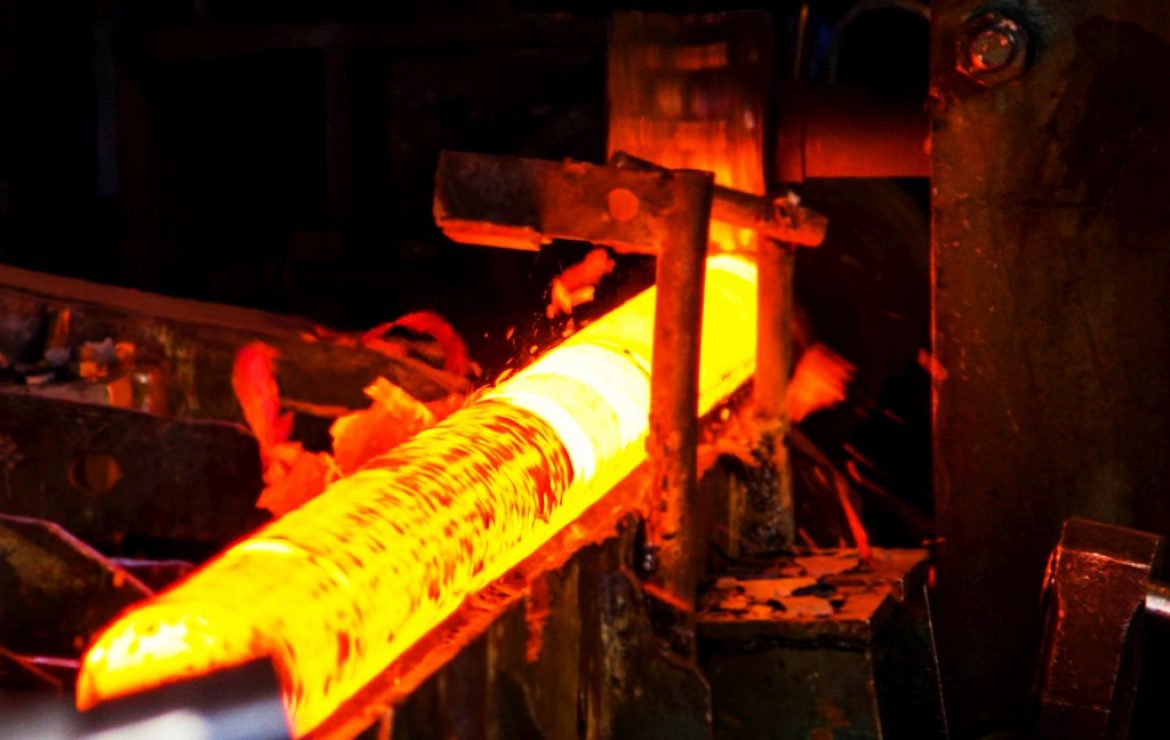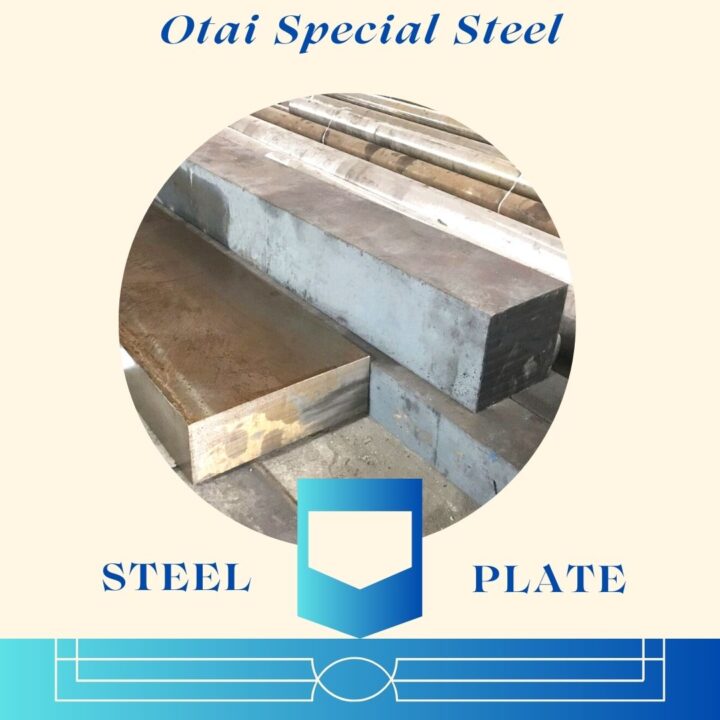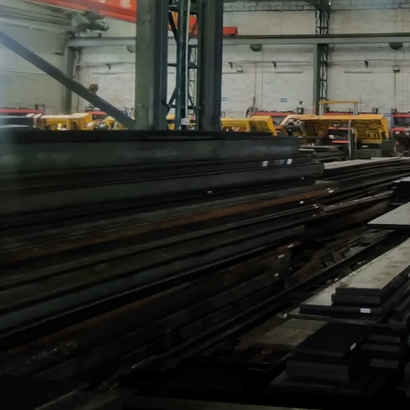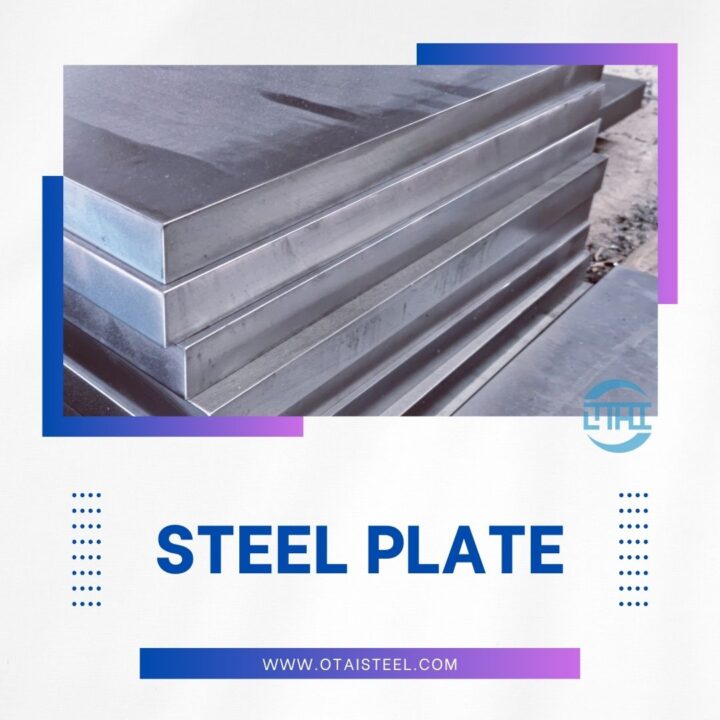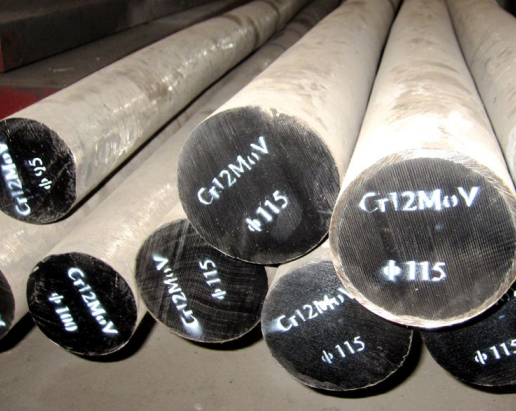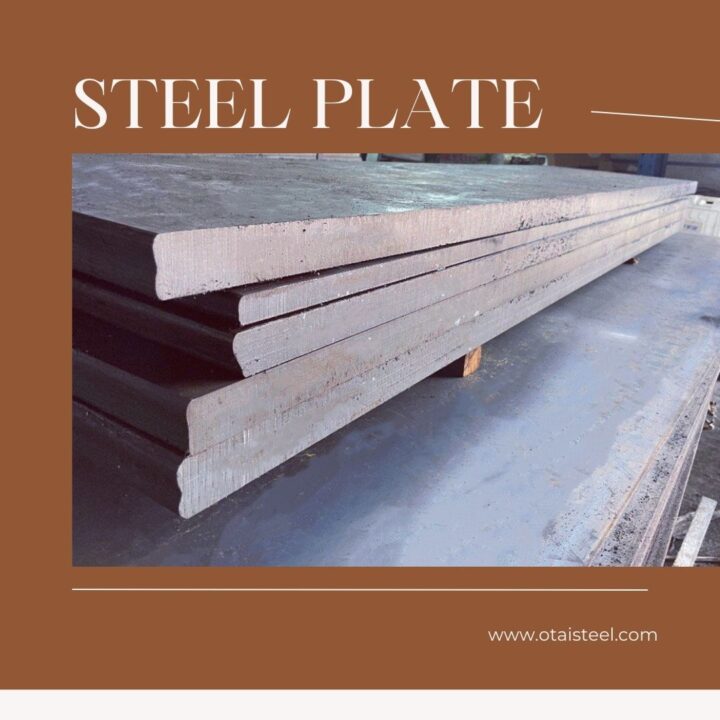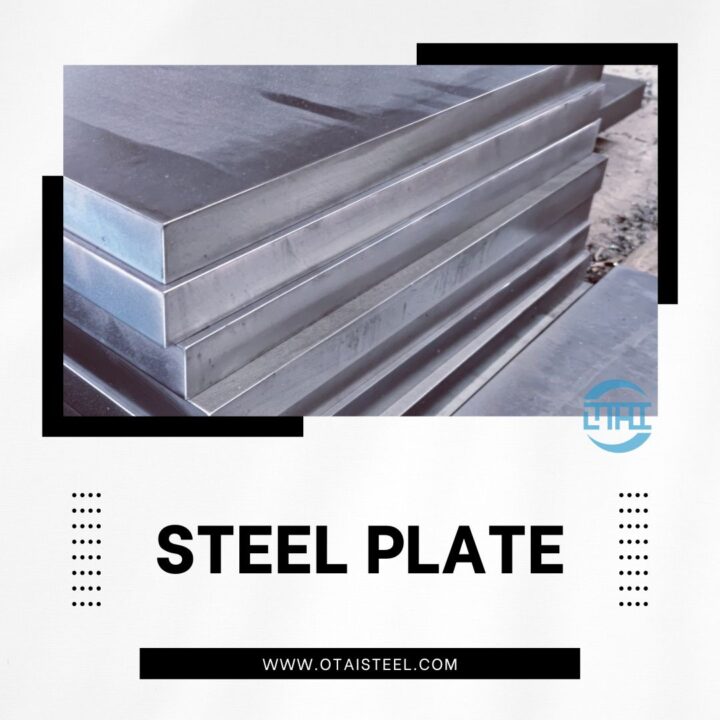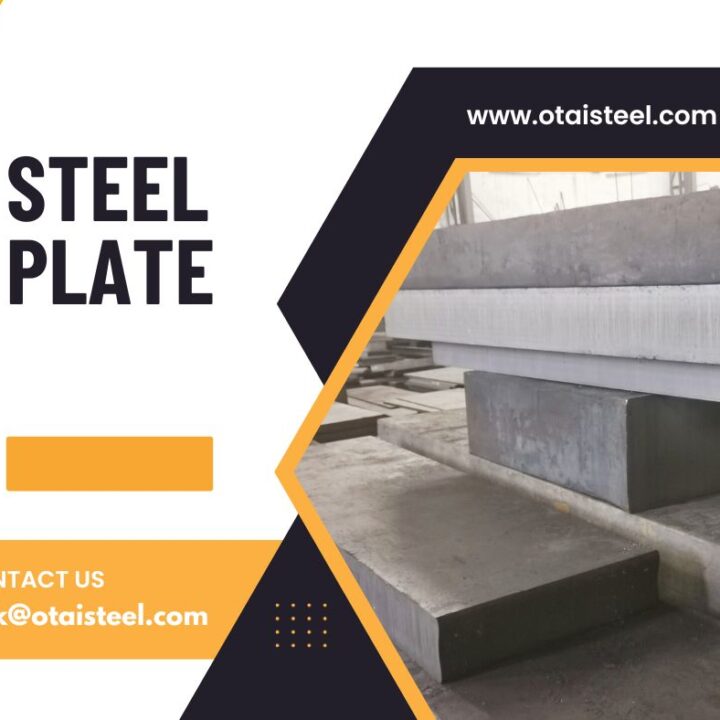The metallurgical structure of 4340 steel plays a vital role in determining its mechanical properties, strength, and performance. By understanding the microstructure, we can gain insights into the material’s behavior and tailor its properties to specific applications.
Heat Treatment and Microstructural Changes
- Quenching and Tempering
The heat treatment process significantly affects the microstructure of 4340 steel. Quenching involves rapid cooling from a high temperature, which transforms the material’s structure. Tempering follows quenching and involves heating the steel to a specific temperature and holding it there for a certain duration. This process further refines the microstructure and enhances the material’s properties.
- Martensite Formation
During quenching, the carbon in the steel becomes supersaturated, resulting in the formation of martensite. Martensite is a hard and brittle phase with a highly distorted atomic arrangement. Its formation contributes to the high strength and hardness of 4340 steel.
- Retained Austenite
Retained austenite is another important feature of the microstructure in heat-treated 4340 steel. It is a stable form of austenite that remains in the structure even after quenching and tempering. Retained austenite contributes to the material’s toughness, ductility, and dimensional stability.
Mechanical Properties and Microstructure
- Strength and Hardness
The microstructural features of 4340 steel directly influence its strength and hardness. The presence of martensite and fine-grained structures contribute to the material’s high tensile strength and hardness. The precise combination of alloying elements and heat treatment parameters allows for the optimization of these properties.
- Toughness and Ductility
The presence of retained austenite in the microstructure improves the toughness and ductility of 4340 steel. It acts as a transformation-induced plasticity (TRIP) agent, absorbing energy during deformationand promoting a more ductile behavior. This enhances the material’s ability to withstand impact and loading conditions, making it suitable for applications requiring high toughness.
Influence of Processing Techniques
- Effects of Cooling Rate
The cooling rate during heat treatment significantly impacts the microstructure of 4340 steel. Rapid cooling, such as in quenching, promotes the formation of martensite, leading to higher hardness and strength. Slower cooling rates, as in annealing, result in a softer microstructure with improved machinability but lower strength.
- Surface Treatments and Coatings
Surface treatments and coatings can further modify the microstructure of 4340 steel. Processes like carburizing and nitriding introduce carbon and nitrogen into the surface layer, creating a hardened case. This improves wear resistance while maintaining a tough core microstructure.
By controlling the cooling rate and employing surface treatments, the microstructure can be tailored to meet specific application requirements. (Metallurgical Structure of 4340 Steel)
